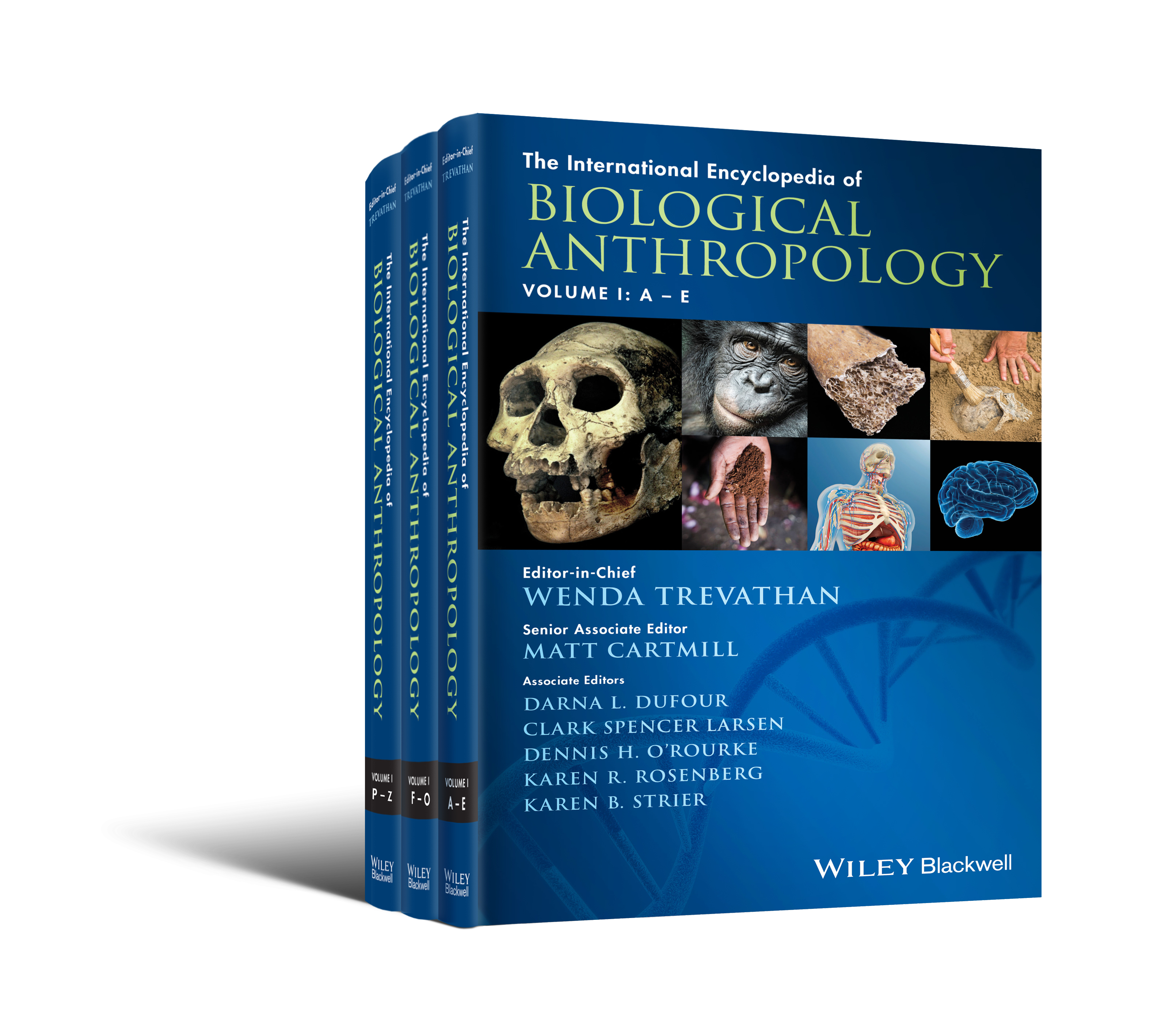Anagenesis
Abstract
Anagenesis is a nonbranching form of speciation, or speciation within a single evolutionary lineage. It is not considered a valid mode of speciation by all biologists, but is widely recognized in paleontology, where lineages are broken into early and late paleospecies. These paleospecies are distinguished via their morphology, but the (often subtle) differences between them are hypothesized to be due to the gradual accumulation of microevolutionary changes over evolutionary time periods. As such, the “boundaries” between paleospecies are by definition arbitrary. Potential examples of anagenesis in human evolution include the relationship between the ca. 4.2–3.9 million-year-old (Ma) Australopithecus anamensis and later (ca. 3.8–3.0 Ma) Australopithecus afarensis, and between the 430 thousand-year-old (kya) Sima de los Huesos fossils (Homo heidelbergensis?) and the ca. 200–30 kya Homo neanderthalensis.



